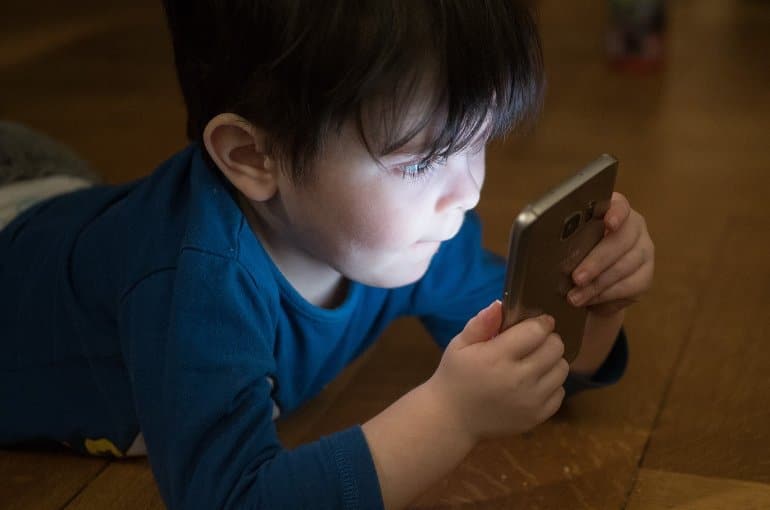Summary: Face-to-face interactions elicited nine significant cross-brain links between frontal and temporal areas of the brain, whereas remote communications elicited only one.
Source: University of Montreal
Videoconferencing services are proliferating—there’s Zoom, Teams, Messenger, FaceTime, Skype, WhatsApp—and since the COVID-19 pandemic they have been seeing heavier use than ever before.
While the transition to technology-enhanced communication has permeated all facets of social life over the past three years, there is scant scientific literature on its impact on the social brain.
Could technologically mediated interactions have neurobiological consequences that interfere with the development of social and cognitive abilities?
An international research team that included Guillaume Dumas, a professor in the Department of Psychiatry and Addiction at Université de Montréal and principal investigator at the Precision Psychiatry and Social Physiology Laboratory at the CHU Sainte-Justine Research Centre, wanted to find out.
Dumas is also an associate academic member of Mila, the Quebec Artificial Intelligence Institute, and holds the IVADO Chair in Artificial Intelligence and Mental Health. His research interests include social neuroscience, systems biology and artificial intelligence.
In this study, the research team compared brain electrical activity during face-to-face interaction and technologically assisted remote communication in 62 mother-child pairs in which the children were aged 10 to 14.
Using a technique called hyperscanning, which can simultaneously record brain activity in multiple subjects, the research team found that interaction via a videoconferencing platform attenuated mother-child brain synchrony.
Literally on the same wavelength
Several years ago, Dumas demonstrated that human brains have a tendency to spontaneously synchronize when engaged in social interaction, i.e., their electrical rhythms oscillate at the same frequency.
“Inter-brain synchrony is associated with the development of social cognition,” Dumas explained. “The resonance between brains enables children to learn to distinguish between self and others, to learn social relationships.”
The study found that face-to-face interactions elicited nine significant cross-brain links between frontal and temporal areas of the brain, whereas remote interactions generated only one.
“If brain-to-brain synchrony is disrupted, we can expect consequences for the child’s cognitive development, particularly the mechanisms that support social interaction,” said Dumas. “And these are life-long effects.”
Fundamentally social beings
In view of the findings, Dumas believes more research is needed on the potential impact of social technology on brain maturation, especially in young people. In particular, he questions the appropriateness of online education for teens.

“I wonder about the digitization of education and the pandemic’s impact on the development of social cognition in young people, at a time when human relationships have been fragmented,” he said.
“It’s an important question but difficult to answer, given that the full effects won’t be known for 10, 15 or 20 years.”
According to Dumas, the study’s findings can also be extrapolated to adults and may explain the widespread “Zoom fatigue” following the rise in videoconferencing during the COVID lockdowns: “Since online interactions produce less brain-to-brain synchrony, it is understandable that people would feel they have to expend more effort and energy to interact,” he suggested. “The interactions seem more laborious and less natural.”
Dumas believes the study confirms that social relationships are critically important to humans and that inter-brain mechanisms are linked to the development of the social brain.
“These results are consistent with the findings of a study we conducted on the power of a mother’s scent and another that found that an affectionate touch from a romantic partner has the power to reduce pain,” he said.
It seems humans are interconnected by a technology more potent than Zoom or Teams: our brains.
About this neurodevelopment and communication research news
Author: Press Office
Source: University of Montreal
Contact: Press Office – University of Montreal
Image: The image is in the public domain






